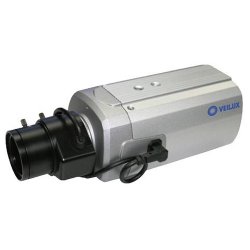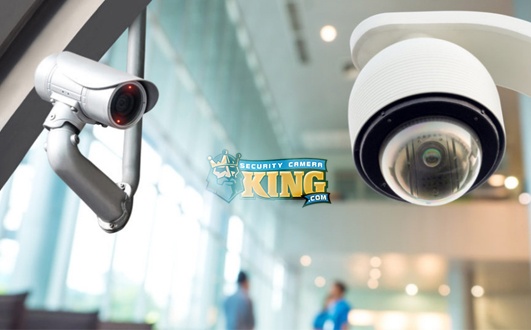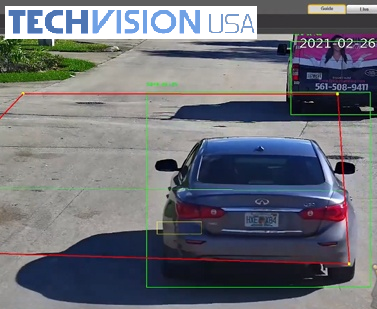 Ever need to watch those who are watching? That’s exactly what a hidden camera in TV can do. In fact the possibilities for different types of hidden cameras are nearly endless these days, thanks to 21st century electronic technology.
Ever need to watch those who are watching? That’s exactly what a hidden camera in TV can do. In fact the possibilities for different types of hidden cameras are nearly endless these days, thanks to 21st century electronic technology.
The current technology that abounds is so compact and efficient, that a hidden camera in TV is rather simple, especially considering the fact that we currently have hidden color cameras that are made to look like the head of a typical Phillips screw. (See Security Camera Kings product #HC-SCREW-WC or go to this page.)
Putting a hidden camera in TV is easy because there is usually lots of spare room inside the television set case to allow for the camera and accompanying electronics. Who would suspect that the television is actually watching them?
Perhaps the real question here is not how they put a hidden camera in TV, a screw, a stuffed animal, a clock, or just about any other object but what is it about the technology that makes such a thing possible? In the following article we’ll describe how a miniature hidden camera works and mention some the technological improvements that have occurred over the past few years to make this possible.
There are two types of digital video security and monitoring, overt and covert. Overt monitoring occurs when no attempts to conceal, disguise, or hide the activity to monitor or record images are made. Covert monitoring is just the opposite; the camera and other equipment is hidden, concealed, or disguised so as not to readily reveal its presence. In the world of security and surveillance, both overt and covert monitoring is needed. Thus, the demand has created the need for a device like a hidden camera in TV.
Covert monitoring devices may include just the camera or it may include an entire miniature digital video security camera system. A typical full-size digital video security system not only has cameras, but a Digital Video Recorder or DVR and an optional monitor as well. Hidden miniature digital video security camera systems also include the camera, but in addition, contain a miniature DVR as well. But before we get ahead of ourselves, let’s talk about the technology that allows this to happen.
First a full-size standalone digital video system uses digital video cameras that send their digital video signals to the DVR unit. The DVR unit also contains a highly specialized computer processor called a Digital Signal Processor or DSP. The processor is like the processor in a personal computer but is designed to operate specifically to deal with digital video data. The DSP gathers the digital video data sent to it by the digital video camera and creates a digital video file that can be viewed live on a monitor and/or stored in a digital file format on a hard disk drive on the DVR.
Miniature systems, like a hidden camera in TV system, also have a camera and a DVR. However, the DVR circuitry is contained on a small Integrated Circuit (IC) chip and is either stored in on-board (another type of IC chip) memory or on an SD card or similar device. As technology improves, memory chips become smaller and smaller while their capacity for storage becomes greater. This is just one of the features that provides for making miniature digital video security systems possible.
As for the cameras, there are several technologies applied here to make the devices incredibly small while still yielding fluid, relatively high-quality video. First, many hidden, miniature digital cameras use a highly refined wide angle lens. This lens provides the camera with a significantly wide field of view even though the lens itself is often only 3.7 mm in diameter.
Next the electronic sensor chips used to convert the focused light reflected from the image through the lens can be incredibly small. Typical sizes for these sensors called Charged Coupled Devices or CCDs or Complementary Metal Oxide Semiconductors or CMOSs is 1/4, 1/3, and 1/2 inch square – and that is for full sized cameras.
Finally, as already mentioned IC chip technology continues to get smaller and more sophisticated over time. This allows for an analog-to-digital converter circuit and transmitting circuits to exist in miniature IC chips. So when all of these technological improvements are packaged neatly and tightly together, many covert recording devices are possible, including a hidden camera in TV.











